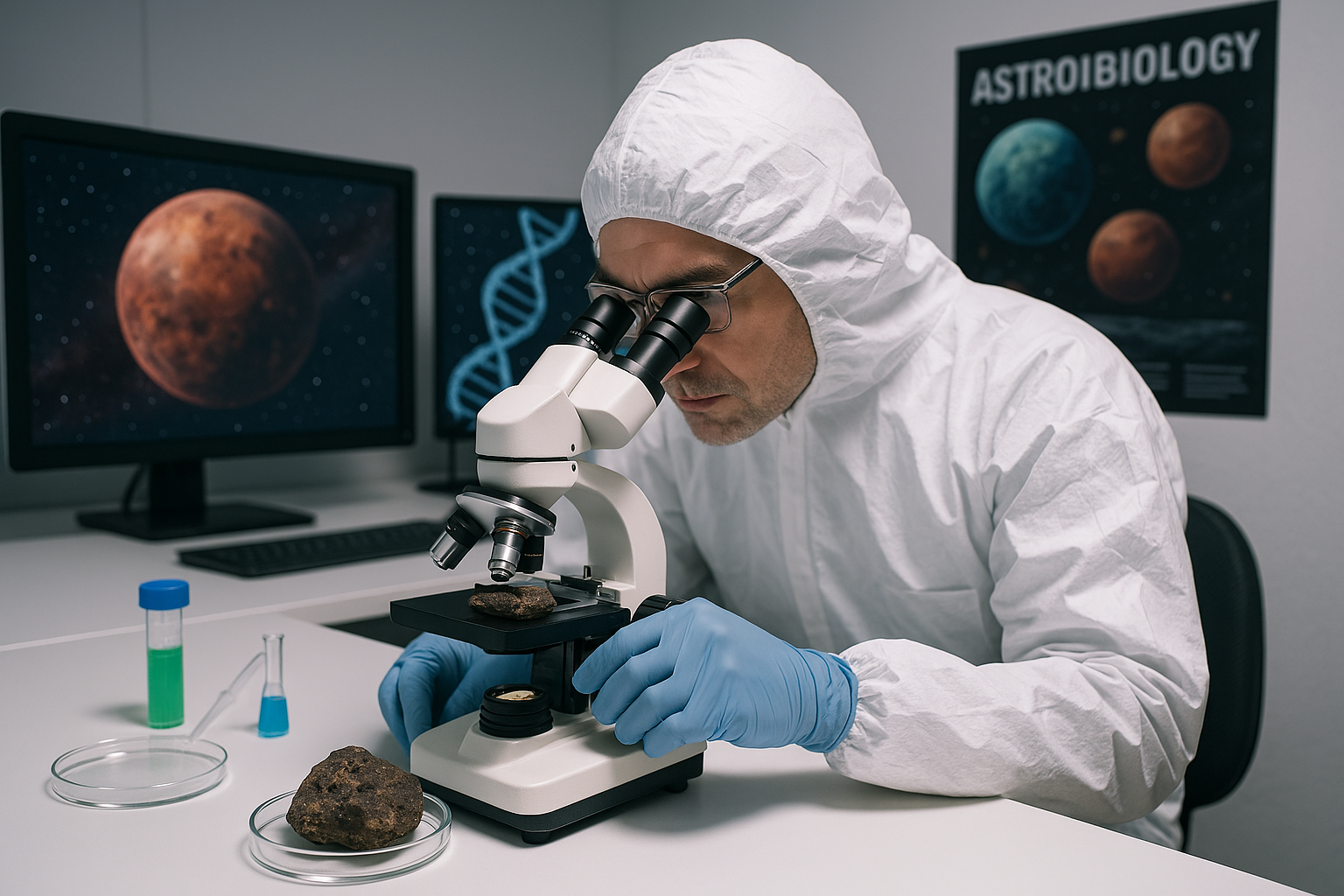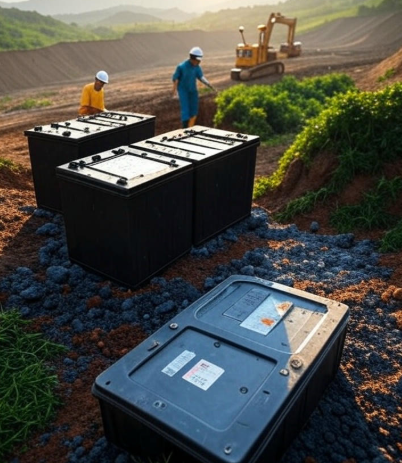Imagine being told that any child you have will inherit a devastating genetic disease that could cut their life short. For thousands of families worldwide, this nightmare scenario has been their reality for generations. But what if I told you that scientists have found a way to break this cycle entirely? What if we could give these families healthy babies using DNA from not two, but three different people?
This isn’t science fiction anymore. It’s happening right now, and the results are nothing short of miraculous.
The Breakthrough That’s Changing Everything
In fertility clinics around the world, babies are being born completely free of hereditary diseases that have plagued their family lines for decades. These aren’t your typical IVF success stories. These are children created using a groundbreaking technique called mitochondrial replacement therapy, often dubbed “three-parent baby” technology.
The name might sound alarming, but the reality is far more nuanced and beautiful than the headlines suggest. These children don’t actually have three parents in any meaningful sense. Instead, they have the nuclear DNA from their biological mother and father, plus a tiny amount of healthy mitochondrial DNA from a donor woman. Think of it as replacing a faulty battery in a device while keeping everything else exactly the same.
Why This Technology Matters More Than You Think
To understand why this breakthrough is so significant, we need to talk about mitochondria. These tiny structures inside our cells are often called the “powerhouses” because they produce the energy our bodies need to function. Every cell in your body contains hundreds of these microscopic power plants, and they have their own DNA separate from the DNA in your cell’s nucleus.
Here’s the problem: when mitochondrial DNA is faulty, it can cause severe, life-threatening diseases. We’re talking about conditions like Leigh syndrome, which can cause seizures, muscle weakness, and developmental delays. Or MELAS syndrome, which affects the brain and nervous system. These diseases often appear in childhood and can be fatal.
The cruel twist? Mitochondrial DNA is passed down exclusively from mother to child. So if a woman carries faulty mitochondrial DNA, every child she has naturally will inherit the same genetic time bomb. Until now, these families had few options beyond adoption or using donor eggs, both of which mean giving up their genetic connection to their children.
The Science Behind the Miracle
The technology that’s making healthy babies possible is actually quite elegant in its simplicity. Scientists take the nucleus (containing the parents’ genetic material) from the mother’s egg and transfer it into a donor egg that has had its own nucleus removed but contains healthy mitochondria.
Think of it like this: imagine you have a car with a perfect engine and interior (the nuclear DNA from the parents) but a faulty electrical system (the defective mitochondria). The solution isn’t to scrap the entire car or get a completely different one. Instead, you keep the engine and interior you love but replace just the electrical system with a working one from another vehicle.
The process requires incredible precision. Scientists use microscopic needles thinner than human hair to carefully extract and transfer genetic material between eggs. It’s performed under powerful microscopes by specialists who have trained for years to master these delicate procedures.
Once the healthy egg is fertilized with the father’s sperm, it develops just like any other embryo. The resulting child will have the eye color, height, personality traits, and other characteristics determined by their parents’ DNA. The only difference is that their cellular powerhouses will function properly.
Real Families, Real Hope
The impact of this technology goes far beyond laboratory achievements. Real families are being transformed by these advances. Take Sarah, a 34-year-old teacher from Manchester who carries the genetic mutation for a severe mitochondrial disease. Her first child died at just 18 months old from complications related to the condition.
When Sarah learned about mitochondrial replacement therapy, she described it as “the first time in years I felt hope instead of fear about having children.” After undergoing the procedure, she gave birth to a healthy baby girl who tested negative for the mitochondrial disease that had affected her family for generations.
Stories like Sarah’s are becoming more common as the technology becomes available in more countries. These aren’t just medical success stories; they’re tales of families finally able to experience the joy of parenthood without the shadow of genetic disease.
The Global Response and Current Status
The United Kingdom was the first country to legalize mitochondrial replacement therapy in 2015, after years of careful consideration and public consultation. The UK’s approach has been cautious but progressive, with strict oversight and licensing requirements for clinics offering the procedure.
Since then, other countries have been watching closely. Some have moved forward with their own programs, while others are still debating the ethical and safety implications. The United States, for example, has not yet approved the technique for clinical use, though research continues.
The data emerging from countries where the procedure is available has been encouraging. Children born through mitochondrial replacement therapy are developing normally, with no signs of the mitochondrial diseases that would have affected them otherwise. Long-term studies are ongoing, but early results suggest the technique is both safe and effective.
Addressing the Concerns
No medical breakthrough comes without questions and concerns, and mitochondrial replacement therapy is no exception. Some people worry about the long-term effects of the procedure, both for the children born through it and for future generations.
Scientists have addressed these concerns through extensive research and testing. The mitochondrial DNA represents less than 0.1% of a person’s total genetic material, and it doesn’t influence traits like appearance, personality, or intelligence. The procedure has been tested extensively in laboratory settings and animal models before being approved for human use.
Religious and ethical considerations have also been part of the conversation. Some groups have concerns about manipulating human embryos, while others argue that preventing severe genetic diseases is a moral imperative. These debates continue, but many bioethicists support the technology when used specifically to prevent serious mitochondrial diseases.
The Future of Genetic Medicine
Mitochondrial replacement therapy represents just the beginning of what’s possible in genetic medicine. As our understanding of genetics continues to advance, we’re likely to see new techniques that can address other inherited conditions.
The success of this technology is paving the way for more precise genetic interventions. Scientists are already working on techniques that could address nuclear DNA disorders, potentially expanding the range of genetic diseases that can be prevented before birth.
What This Means for Families Today
For families affected by mitochondrial diseases, this technology offers something that was unimaginable just a few decades ago: the chance to have healthy biological children. It’s not a cure for existing conditions, but it’s a prevention method that can stop these diseases from being passed to future generations.
The psychological impact cannot be understated. Parents who have watched children suffer from genetic diseases, or who live with the fear of passing on harmful mutations, now have a path forward. They can maintain their genetic connection to their children while ensuring those children won’t inherit the diseases that have affected their families.
Insights
As more children are born through mitochondrial replacement therapy and continue to thrive, public acceptance of the technology is likely to grow. The key will be maintaining rigorous safety standards while making the procedure accessible to families who need it.
Ongoing research continues to refine the techniques and expand our understanding of their long-term effects. Scientists are also working to make the procedures more efficient and less expensive, which could make them available to more families worldwide.
The story of three-parent babies is really a story about hope, scientific innovation, and the lengths we’ll go to protect our children from genetic diseases. It’s about giving families choices they never had before and breaking cycles of inherited illness that have persisted for generations.
As we move forward, this technology represents a new chapter in reproductive medicine—one where genetic diseases that once seemed inevitable can be prevented, and where the dream of healthy children can become reality for families who had almost given up hope.
The future is arriving one healthy baby at a time, and for the families whose lives have been transformed by this breakthrough, that future couldn’t come soon enough.



